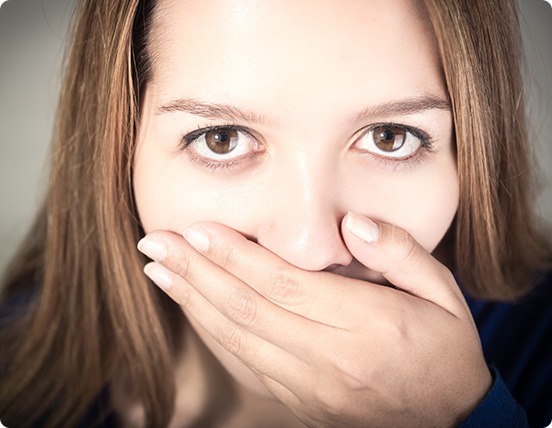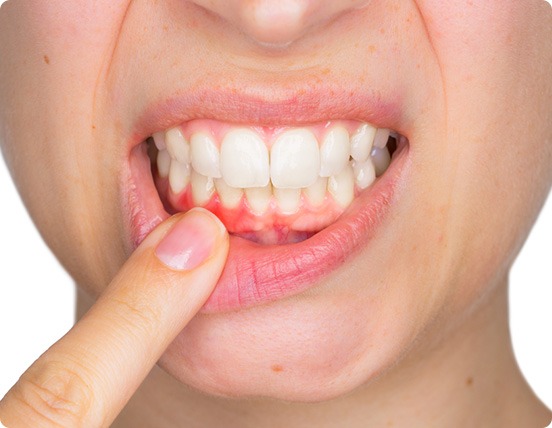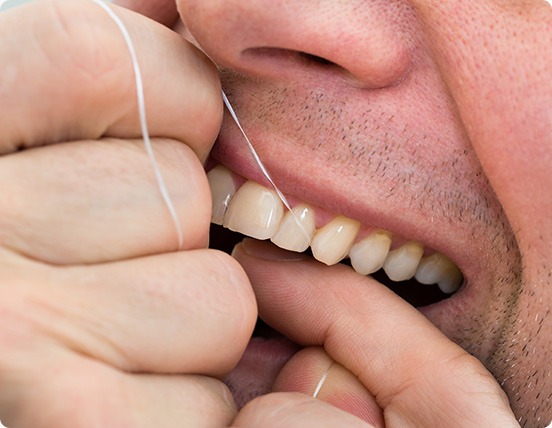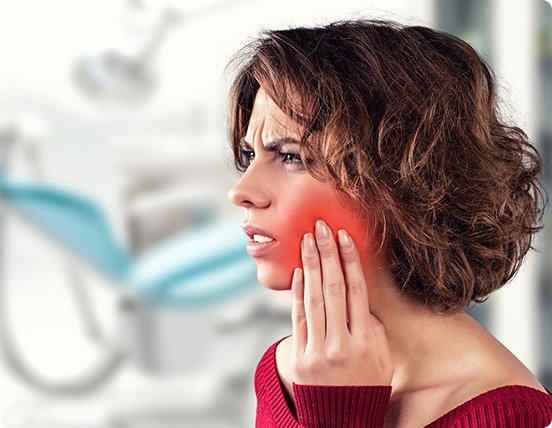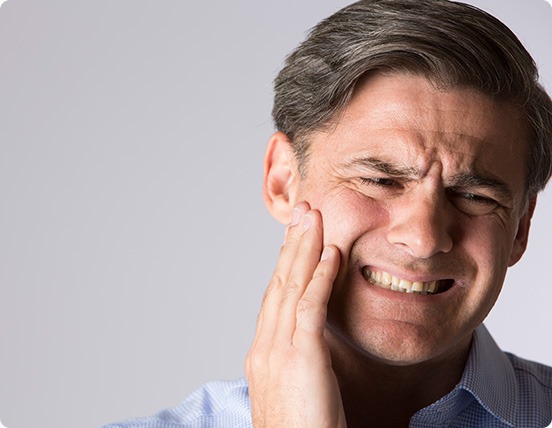Healthy gums are pale pink and firm, and they fit snugly around teeth. Periodontal Disease Symptoms should be taken seriously, since left untreated, bone and tooth loss can result. Periodontal diseases begin as gingivitis, which many people do not ever realize they have. This is because any changes in your gums can be very subtle at first. It is important to be aware of the signs of early periodontal disease, because if early gum disease is not treated, it can progress into a more advanced and irreversible situation.
Periodontal Disease Symptoms include bad breath, bleeding gums, receding gums, swollen gums, drifting teeth, loose teeth, and painful chewing.


